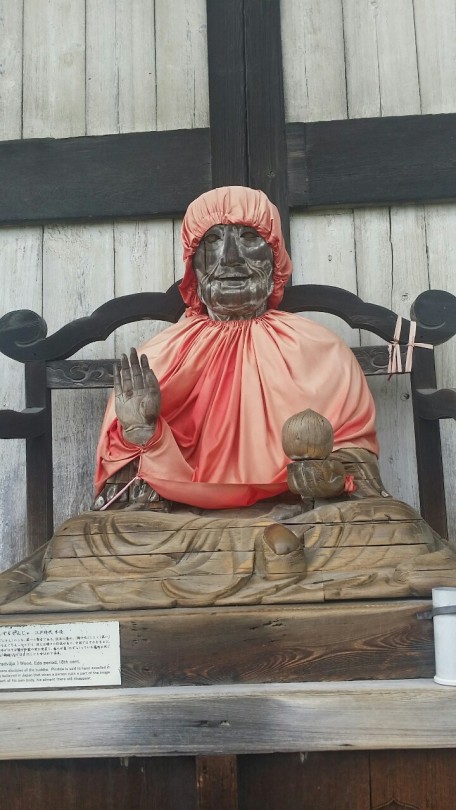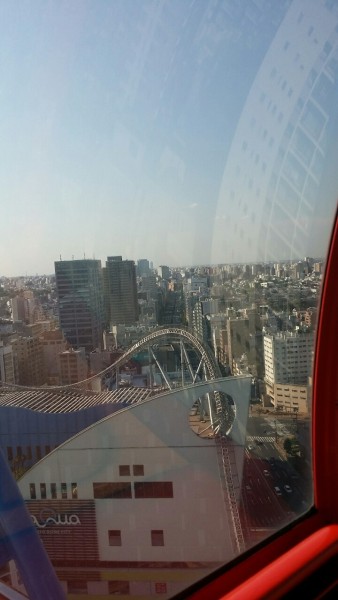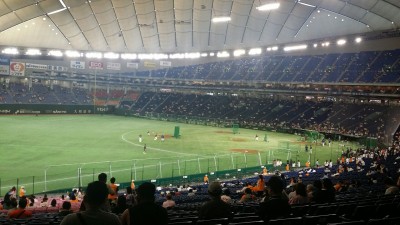 The first picture is of the shrines in Nara. The tourist guide said there are 3,000 shrines.
The first picture is of the shrines in Nara. The tourist guide said there are 3,000 shrines.
The difference between Nara and Kyoto is the size difference and the culture. I think Nara has more traditions and rituals compared to Kyoto — a more fast-paced style and way more shopping area. I think Nara is more based toward tourists that want to know more about history, while Kyoto is geared more toward shopping and entertainment.
The second picture is of the deer in Nara. This was interesting because you never see deer so tame and friendly — letting people touch and pet them. I would never touch them. I was happy to see others touch them. It was a cool experience.
 The third picture works with this quote: “The notion of Tao expresses the essential unity of man and nature, and Taoism has long been concerned with techniques aimed at bringing heaven and earth together, blending the sacred powers of the heavens with ritual practice in the mundane world so that human beings can harmonize their life energies with the Tao, or universal spirit.”(Japanese mind pg.72)
The third picture works with this quote: “The notion of Tao expresses the essential unity of man and nature, and Taoism has long been concerned with techniques aimed at bringing heaven and earth together, blending the sacred powers of the heavens with ritual practice in the mundane world so that human beings can harmonize their life energies with the Tao, or universal spirit.”(Japanese mind pg.72)
Touching this statue is supposed to help heal you. This statue blends the sacred powers of the heavens with ritual practice in the mundane world, and gives us the sense of interacting with the spirit world. — Blog 4 Leonard Oden

 The Japanese concept I saw during sumo wrestling was chinmoku — silence in Japanese communication. Most of the time the Japanese sumo wrestlers were silent, except for the occasional grunt, which is kind of hard to describe. While they were quiet, the audience also had to take care to be quiet at the same time. I think the silence was important for respect for the sumo wrestling rituals, and to show how serious they were about their training.
The Japanese concept I saw during sumo wrestling was chinmoku — silence in Japanese communication. Most of the time the Japanese sumo wrestlers were silent, except for the occasional grunt, which is kind of hard to describe. While they were quiet, the audience also had to take care to be quiet at the same time. I think the silence was important for respect for the sumo wrestling rituals, and to show how serious they were about their training.

